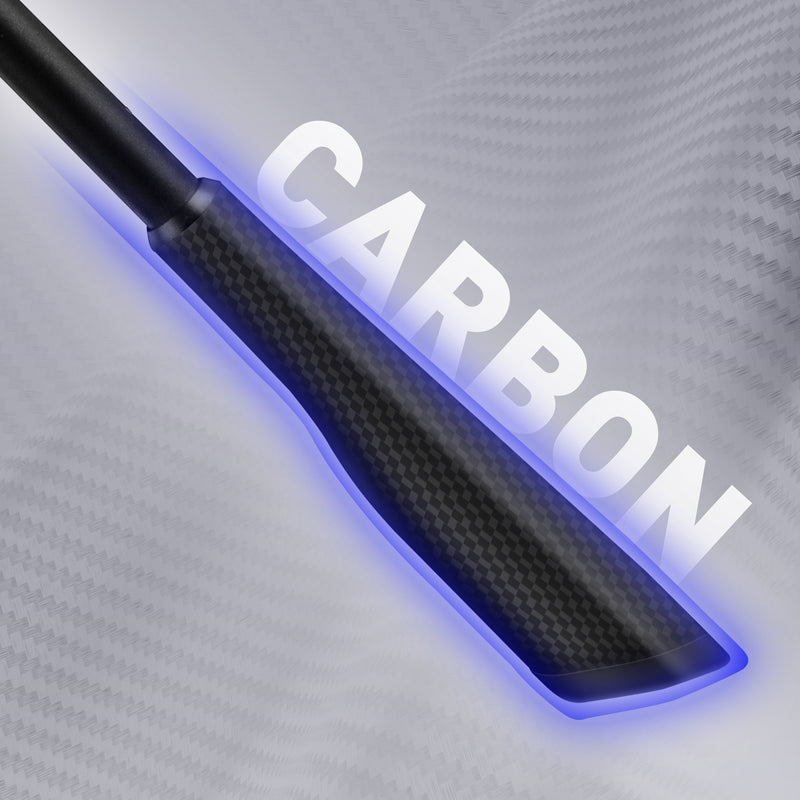Unlock the Secrets to Choosing the Perfect Rod and Reel for Trout Fishing!
Trout fishing is not just a sport; it's an exhilarating experience that connects you with nature and challenges your skills as an angler. The thrill of casting your line into a serene lake or a bubbling stream, waiting for that unmistakable tug, is what keeps many of us coming back for more. However, the excitement can quickly turn to frustration if you're not equipped with the right gear. Selecting the best trout fishing rod and reel can significantly enhance your fishing experience, making it not only more productive but also more enjoyable. Throughout this article, we will explore the essential factors that contribute to making an informed choice, from understanding the basics of trout fishing to the key features of rods and reels, and even maintenance tips to keep your gear in top shape.

Understanding Trout Fishing Basics
Before diving into the specifics of rods and reels, it's crucial to grasp the fundamentals of trout fishing. Trout can be found in both freshwater and saltwater, but most fishing occurs in freshwater environments like rivers, lakes, and ponds. The type of trout you are targeting—be it rainbow, brook, or brown—can influence your approach and gear selection. For instance, understanding the behavior of trout, such as their feeding patterns and preferred habitats, will guide your choice of bait and fishing technique. Additionally, different environments require different strategies; fishing in a fast-flowing river calls for a different setup compared to fishing in a calm lake. By mastering these basics, you can make more informed decisions when choosing your rod and reel, ensuring your gear is tailored to the specific conditions you'll encounter.
Key Features of a Trout Fishing Rod
When it comes to selecting a rod for trout fishing, several key features should guide your choice. The length of the rod can affect your casting distance and accuracy; typically, a rod between 6 to 7 feet is ideal for most trout fishing scenarios. Action refers to how much the rod bends when pressure is applied; a fast action rod is excellent for quick hook sets, while a slow action rod may provide better sensitivity. Power is another critical factor, indicating the rod's strength and ability to handle different line weights. Lastly, the material of the rod—be it graphite, fiberglass, or composite—affects not only the weight and sensitivity but also the durability of the rod. Each of these features plays a significant role in how well you can cast, feel bites, and control your catch.
Choosing the Right Reel for Trout Fishing
Just as important as the rod is the reel you choose for trout fishing. Spinning reels are typically favored for their versatility and ease of use, especially for beginners. On the other hand, baitcasting reels can provide better control for experienced anglers looking to cast heavier lures. When selecting a reel, consider the gear ratio, which determines how quickly you can retrieve line. A higher gear ratio is useful for fast retrieves, while a lower ratio offers more power for fighting larger fish. The drag system is another crucial aspect; it allows you to control the tension on the line when a trout makes a run. Finally, line capacity is vital to ensure you have enough line to handle the distance and depth at which you’re fishing. Understanding these factors will help you select a reel that complements your fishing style and increases your chances of success.
Matching Rod and Reel: What You Need to Know
Once you've selected a rod and a reel, the next step is to ensure they work harmoniously together. Matching the rod with the right reel involves considering factors such as your fishing style, the type of water you'll be fishing in, and your personal preferences. A well-balanced setup will improve your casting accuracy and reduce fatigue during long fishing sessions. If you're primarily fishing in smaller streams, a lighter rod paired with a lightweight spinning reel may be ideal. Conversely, if you're targeting larger trout in deep waters, a more robust rod and reel combination will provide the strength needed to land your catch. Experimenting with different pairings can help you discover what feels best for you, ensuring that your gear enhances rather than hinders your fishing experience.
Maintenance Tips for Your Rod and Reel
Proper maintenance of your rod and reel is essential for prolonging their lifespan and ensuring optimal performance. After each fishing trip, it's important to clean your gear to prevent corrosion and wear. Rinse your rod and reel with fresh water, especially if you've been fishing in saltwater. Store your gear in a cool, dry place to avoid damage from humidity and temperature fluctuations. Regularly check your line for frays or tangles, and replace it as needed to avoid losing that trophy trout when it bites. By taking the time to care for your equipment, you'll not only enhance your fishing experience but also save money in the long run by avoiding premature replacements.
Final Thoughts on Trout Fishing Gear Selection
In summary, selecting the best trout fishing rod and reel is a critical step toward having a successful and enjoyable fishing experience. By understanding the basics of trout fishing, recognizing the key features of rods and reels, and knowing how to match them effectively, you can significantly enhance your angling adventures. Remember that maintenance is just as important as selection; taking good care of your gear will ensure it serves you well for years to come. So, before you head out on your next fishing trip, take the time to consider your personal preferences and the specific conditions you’ll face. With the right gear in hand, you're bound to have an unforgettable trout fishing experience!








